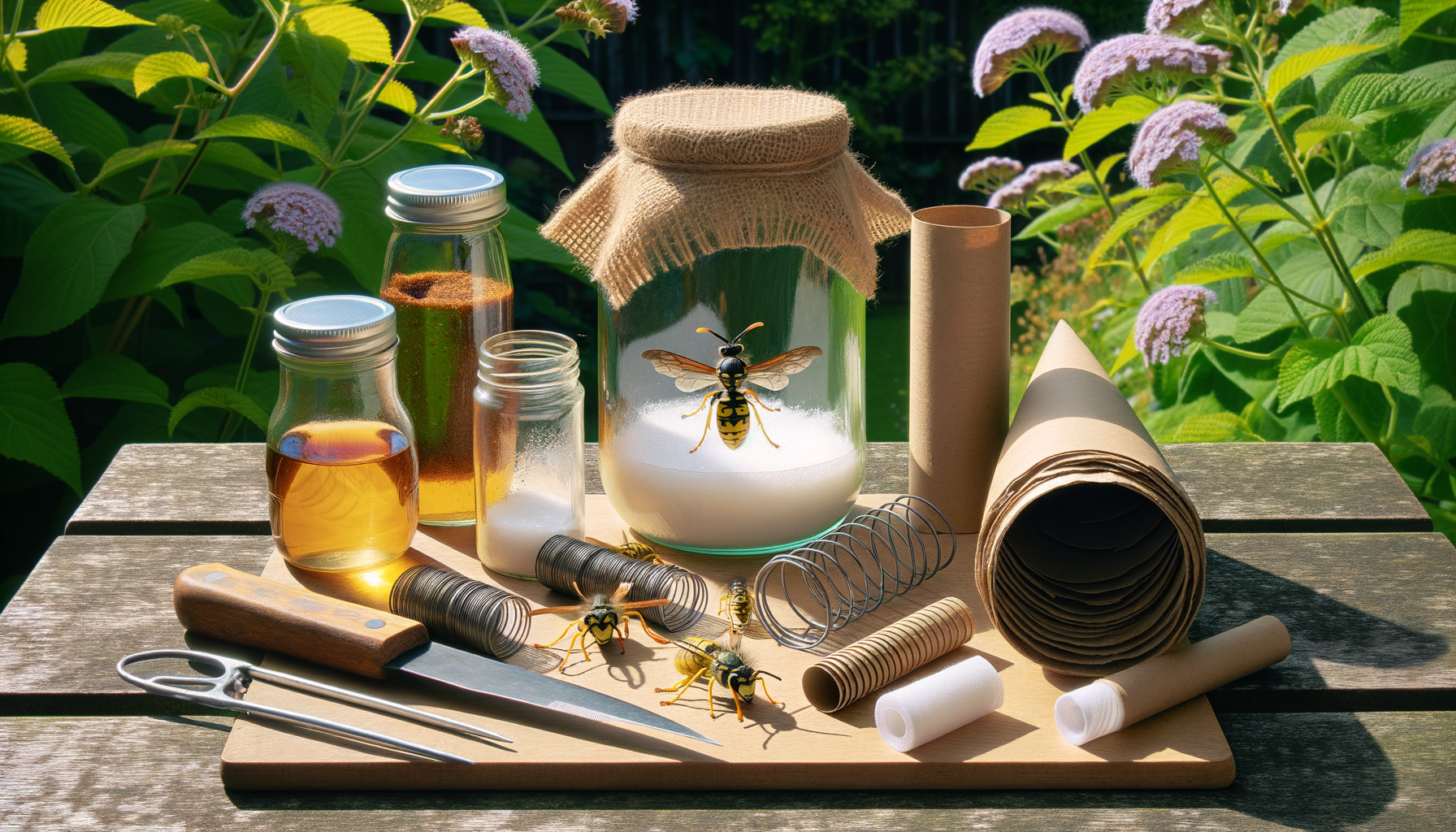Create a Homemade Wasp Trap With Items You Likely Already Have
Made with simple household items, this trap is a low-effort option to try.

Introduction to Homemade Wasp Traps
Wasps can be a nuisance, especially during the warmer months when outdoor activities are in full swing. While there are numerous commercial solutions available to tackle this problem, creating a homemade wasp trap can be an effective, affordable, and environmentally friendly alternative. This article explores the importance of managing wasp populations and provides a detailed guide on crafting a wasp trap using items you likely already have at home.
Understanding the Need for Wasp Control
Wasps play a vital role in the ecosystem, primarily as pollinators and natural pest controllers. However, their presence can become problematic when they build nests near human activity. Wasps are known for their aggressive behavior, especially when they feel threatened. This can lead to painful stings, which are not only uncomfortable but can also be dangerous for individuals with allergies. Therefore, controlling wasp populations in your immediate environment is crucial for safety and comfort.
Homemade wasp traps offer a practical solution for managing these insects without resorting to chemical pesticides, which can harm beneficial insects and the environment. By understanding the behavior of wasps, you can effectively reduce their numbers and minimize the risk they pose.
Materials Needed for a Homemade Wasp Trap
Creating a wasp trap at home is a straightforward process that requires minimal materials, most of which are commonly found around the house. Here’s what you’ll need:
- A plastic bottle (preferably a 2-liter soda bottle)
- Scissors or a knife
- String or wire
- Bait (such as sugar water, fruit juice, or beer)
- Optional: Vinegar (to deter bees from entering the trap)
These materials are not only easy to acquire but also inexpensive, making this method accessible for anyone looking to manage wasp populations effectively. The trap works by luring wasps into the bottle with the bait, where they become trapped and eventually drown.
Step-by-Step Guide to Building the Trap
Once you have gathered the necessary materials, follow these steps to construct your wasp trap:
- Cut the top third of the plastic bottle off using scissors or a knife. This will create a funnel shape.
- Invert the top part of the bottle and place it inside the bottom part, creating a funnel that leads into the bottle.
- Secure the two parts together using tape or by punching holes and tying them with string.
- Pour your chosen bait into the bottle, ensuring that it does not reach the funnel opening.
- If desired, add a splash of vinegar to deter bees from entering the trap.
- Hang the trap in an area where wasps are frequently seen, using string or wire.
This simple yet effective trap can significantly reduce the number of wasps in your vicinity, providing relief from these pesky insects.
Conclusion: Benefits and Considerations
Homemade wasp traps offer a sustainable and cost-effective solution for managing wasp populations. By utilizing items you likely already have, you can create a trap that not only reduces the number of wasps but also minimizes the need for chemical pesticides. This method is beneficial for both the environment and your wallet.
However, it’s important to remember that wasps are an essential part of the ecosystem. Therefore, traps should be used judiciously and primarily in areas where wasps pose a direct threat to human activity. By balancing wasp control with ecological considerations, you can enjoy a safer and more pleasant outdoor experience.